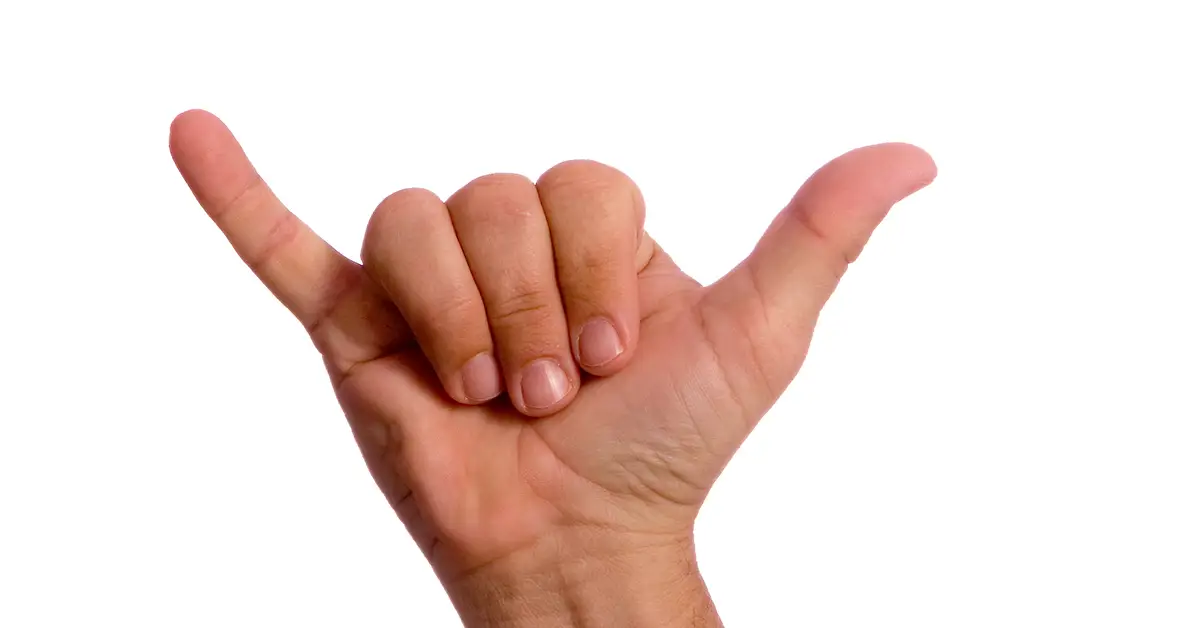When you need to measure something, most of us are pretty accustomed to using a ruler or measuring tape. But what do you do when you don’t have either of those things? Thankfully, there are a number of ways you can measure without a ruler, provided 100% accuracy isn’t required.
How To Measure Without A ruler
Naturally, people have been measuring things to a certain degree since long before modern measuring tools existed. This is why measurements like a foot exist. So, if you find yourself needing to measure something but you don’t have the regular tools, there are actually plenty of ways to measure without a ruler.
1. Using Your Body
This is one of the oldest forms of measuring without a ruler. The great part about using things like fingers, hands, and arms to measure is that they are things you will literally always have on you. It’s hard to forget your index finger or your right arm at home, after all. Keep in mind the variation that is going to come from these measurements, as everyone’s bodies are slightly different. If you need to measure something highly accurately, this is not your best choice.
- 1 inch (2.5 cm) = the length of the first joint of your index finger
- 2 inches (5 cm) = the length of your thumb
- 4 inches (10 cm) = the width of most people’s hands measured across your bottom knuckles (without the thumb)
- 6 inches (15 cm) = the span from the tip of the thumb to the tip of the index finger (when a hand is spread wide)
- 9 inches (23 cm) = the span from the tip of the thumb to the tip of the pinkie (when a hand is spread wide)
- 18 inches (46 cm) = the span from the elbow to the tip of the middle finger
2. Money And Credit Cards
This is another one that will vary, depending on where you live. For example, all US dollars are 6.14 inches by 2.61 inches. Great British Pounds and Euros, for example, are different sizes depending on how much they are worth. Make sure you check in on the measurements of the specific bill you’re using to get an accurate measurement.
Credit cards, on the other hand, are much more reliable. They are almost all universally sized. The size of a standard credit card is 3.4 inches wide x 2.1 inches high (8.5 cm x 5.4 cm)
3. With Standard Paper
A standard piece of paper (known internationally as A4) has a set size. No matter where you go in the world, if you’re getting A4 aka standard paper, it should be 8.3 inches × 11.7 inches or 210 mm × 297 mm.
4. Using An App
Yup – there’s an app for that! If you choose to go the more modern route over hand measurements or banknotes, you can download a measurement app on your phone. For iPhone users, you can download the Measure app. If you’re an Android user, Google has its AR Ruler App. Both are available for free in your app store.
The Bottom Line
All of these measurements are estimations. Though the apps will get you pretty accurate results, if you need something to be extremely precise, it’s best to wait until you have the right tools. Otherwise, these ways to measure without a ruler will get you decent results in a pinch.
Keep Reading: These 5 Questions Appeared In A 1950s IQ Test. Can You Answer At Least 1 Correctly?
Sources:
- ‘Measuring Up Without A Ruler’ LA Times Published April 13, 1996
- ‘Current banknotes’ Bank of England
- ‘The Euro Banknotes And Coins’ European Central Bank
- Measure App
- Ruler App

